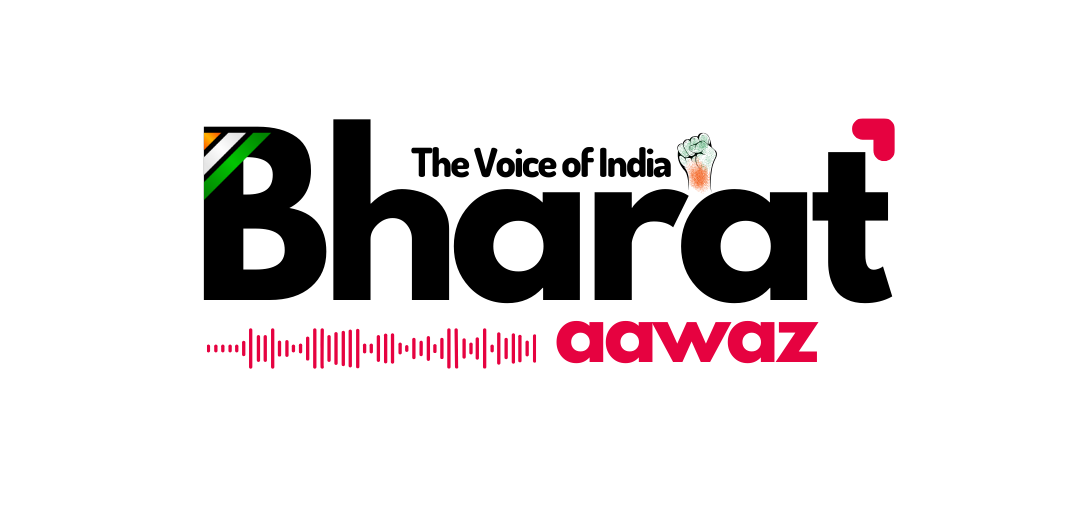🛑 Media Censorship and Press Freedom in Karnataka
Understanding Challenges, Legal Safeguards, and the Role of Institutions like BMA
Karnataka, one of India’s most politically vibrant and media-active states, holds a crucial position in the national dialogue on press freedom. With a diverse media ecosystem spanning Kannada, English, and regional outlets, the state plays a pivotal role in shaping public discourse. However, this space has not remained immune to the challenges of media censorship, political pressure, and rising threats to press freedom.
Understanding Media Censorship in Karnataka
Media censorship in Karnataka manifests in several forms—overt and covert. While the Constitution of India guarantees freedom of the press under Article 19(1)(a), the ground reality is often complex. Censorship can come through:
- Political Pressure: Journalists who report critically on ruling parties or expose corruption may face subtle intimidation, access denial, or even legal threats.
- Corporate Influence: Media houses owned or influenced by political or industrial giants may limit coverage on issues that conflict with their interests.
- Internet & Platform Restrictions: During times of political tension or unrest (like protests or elections), internet blackouts or restrictions on social media are used to control narratives.
- Indirect Suppression: Through denial of government advertisements, withdrawal of journalist accreditation, and strategic defamation cases under IPC Sections 499/500 or IT Act provisions.
Incidents That Raised Alarm
Several recent incidents highlight the growing tension between journalistic freedom and state control in Karnataka:
- Journalists Arrested or Detained: Reporters covering controversial topics—be it land scams, police excesses, or farmer protests—have been detained without solid charges under allegations of “public disturbance” or spreading “misinformation.”
- Online Harassment: Many independent and female journalists face cyberbullying and coordinated troll attacks, especially when they criticize powerful figures or expose social injustices.
- Censorship of Documentary and Films: Investigative video content, especially on caste, environment, or corporate corruption, has been blocked or pressured off platforms.
Legal Framework: A Double-Edged Sword
While Karnataka follows Indian national laws on media freedom, the same laws can be used against reporters:
- Defamation Cases: Politicians and businessmen often file defamation suits to stall investigative stories.
- UAPA and Sedition Laws: Though rarely applicable to journalistic work, the misuse of these laws has been observed to silence dissenting voices.
- IT Act & Cyber Laws: Provisions like Section 66A (struck down by SC but still misused) or data privacy clauses are often cited to intimidate independent media.
Support Systems for Press Freedom
To counter these threats, Karnataka’s media professionals are increasingly relying on support systems like:
1. Journalist Unions and Press Clubs
While these offer moral and institutional support, their reach remains limited in rural areas.
2. Legal Aid from Advocacy Groups
Several independent legal aid networks and NGOs help journalists fight wrongful cases, but access remains a challenge.
3. The Role of Bharat Media Association (BMA)
Organizations like BMA (Bharat Media Association) are stepping up to provide structured, accessible, and regionally inclusive support. BMA offers:
- Legal Help Desks: For journalists wrongly booked or harassed.
- Emergency Support Lines: For field reporters facing threats.
- Training on Digital Safety: To protect journalists from cyberattacks and hacking.
- Advocacy & Policy Pressure: Campaigning for better press freedom policies and inclusion of media protection in state laws.
- Psychological and Financial Aid: Especially for freelancers or rural journalists with no employer backing.
Way Forward: Building a Safe Media Ecosystem in Karnataka
For Karnataka to truly be a model of press freedom:
- Stronger Whistleblower Protections are needed for both journalists and their sources.
- Digital Rights Training should be integrated into journalism education.
- Government Accountability must be ensured through public awareness and watchdog reporting.
- Public Support for Independent Media through funding, subscriptions, and solidarity is vital.
Conclusion
Karnataka’s media landscape is dynamic, bold, and deeply rooted in its democratic traditions. However, the rising trends of censorship, intimidation, and suppression threaten its integrity. By strengthening institutions like BMA, spreading legal awareness, and ensuring collective action, Karnataka can reinforce its commitment to free and fearless journalism.









